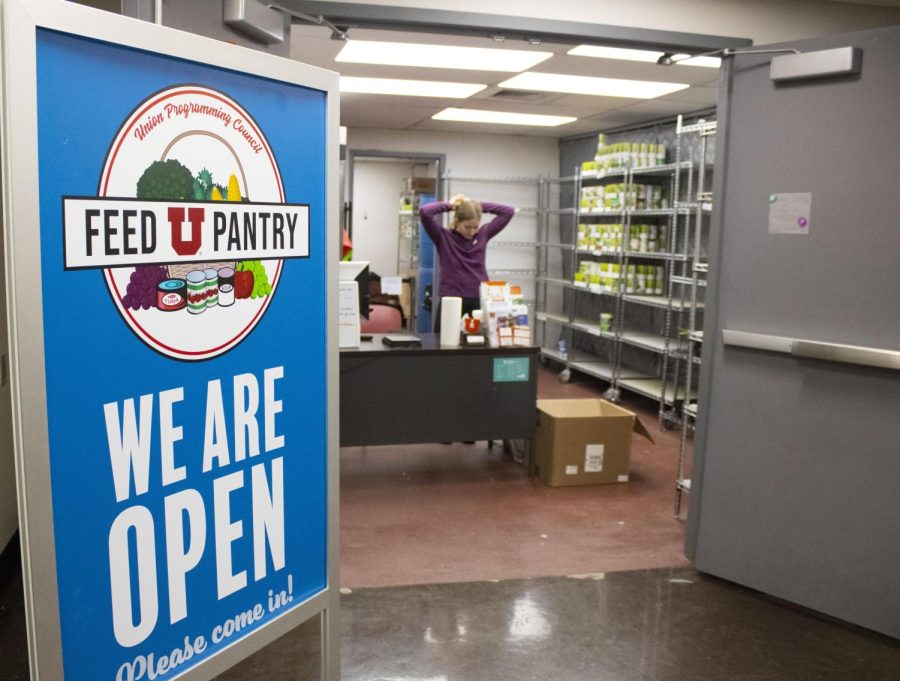Food insecurity impacts 1 in 6 Utah children, according to Feeding America. That’s a statistic that Democratic Sen. Luz Escamilla called “disturbing.”
“During childhood, especially through education, when children are hungry, it really creates a barrier and impacts our student’s academic performance and well-being,” Escamilla said during the Senate Education Committee last Thursday. “We know that hunger affects their cognitive functions like concentration, memory and problem-solving.”
The Senate Minority Leader is the sponsor of SB173. The bill would provide all of Utah’s public school students free breakfast and lunch unless their parent or guardian chooses to opt-out.
Currently, the state offers meal programs through the Utah State Board of Education. The board uses federal and state funding for nutrition programs like the National School Lunch Program and National School Breakfast Program. Students can qualify for free or reduced-price meals based on household income. Households that make up to 130% of the federal poverty guidelines can get free food, whereas those that fall between 130% and 185% of the guidelines qualify for reduced-price meals.
But even with nearly $374 million in funding, the Utah Lunch Debt Relief Foundation reported school districts amassed $2.67 million in lunch debt as of July 2024. The problem has called for action from Gov. Spencer Cox, who redirected $1.2 million in COVID relief funds in September to help schools pay the balance.
“We’re seeing some instances where certain families, like middle-class working families, struggle for whatever situation, whether they’re a paycheck away from homelessness or catastrophic illness, and now they don’t have money,” Escamilla said.
The impacts of child hunger can be far-reaching. Food insecurity in kids is linked to higher rates of chronic illness and depression, according to a 2015 report published in the journal Paediatrics and Child Health.
Escamilla says the problem warrants an all-inclusive solution.
“There are multiple states that do this, but it will set a precedent that a child will never have to question while they’re in their education, experience and journey, whether they can eat something at school.”
But providing meals to every Utah student doesn’t come without a price tag. The Universal Free School Meals program would have an ongoing cost of $160 million on top of the current funding from the state and federal government, according to the bill’s fiscal note. Escamilla said the number does not account for parents who choose to pay for their kids’ meals.
The cost concerned Republicans. Sen. David P. Hinkins noted that many high school students leave campus for meals. He was also concerned about subsidizing the program if the federal government were to pull its current funding.
Sen. John D. Johnson, Chairman of the Senate Education Committee, also worries about funding students who don’t need meal programs.
“I have a hard time thinking that all of my neighbors would actually qualify for free school lunches,” Johnson said. “I don’t think that’s fair to taxpayers.”
These concerns, among others, led the Senate Education Committee to vote to hold the bill while the details are ironed out. Escamilla said she plans to do more research and proceed with further discussion.
However, lawmakers still see the need to address the issue of school meals.
Johnson said he plans to support another bill, HB100, which would do away with the option for reduced-price meals to feed all eligible students for free.
The more targeted approach comes from Republican Rep. Tyler Clancy, with an ongoing price tag of nearly $6 million, according to the bill’s fiscal note. It is set to be discussed by the House Education Committee on Feb. 18, 2025.





regan • Feb 24, 2025 at 9:46 am
“I have a hard time thinking that all of my neighbors would actually qualify for free school lunches,” Johnson said. “I don’t think that’s fair to taxpayers.” Is this $160 million a year? There are more than 2 million adult taxpayers in Utah. Spread evenly, that’s less than $7 a month per taxpayer to make sure our children and our neighbors’ children don’t go hungry at school. That’s less than what a Netflix subscription costs monthly. Its less than a lot of Starbucks orders. If your neighbors are in a high enough income bracket to not be worried about qualifying for free lunch, perhaps $7 is not too much to ask of them. This is quite literally how we can help ‘save our children’.